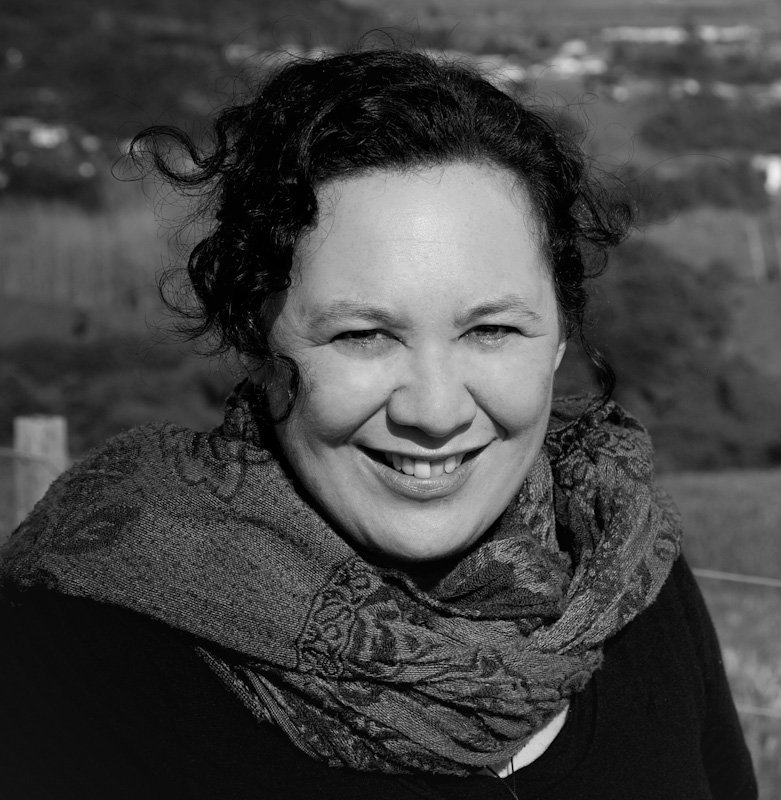Ngā Pī Ka Rere spotlight: Tracey Godfery, a facilitator for change
Tracey Godfery (Ngāti Awa, Ngāti Tūwharetoa, Ngāi Tūhoe, Ngāti Hikairo, Ngāti Maru) is a PhD student at the University of Auckland, supported by BioHeritage programmes Risk Assessment & Ecosystem Impacts and He Tangata, He Taiao, He Ōhanga: a values-based biosecurity risk assessment framework for Aotearoa. She’ll be facilitating a biosecurity decision making framework that addresses both cultural and scientific complexity.
Tracey has spent most of her life in the Rangitāiki Plains in the eastern Bay of Plenty. She came to environmental studies in her late thirties when she enrolled in the Bachelor of Environmental Studies at Te Whare Wānanga o Awanuiārangi, followed by a Master’s in Environmental Management at Massey University.
“When I heard of the PhD scholarship through NRT, my interest was sparked and I hoped I would be seriously considered for the opportunity.”
The initial brief was to create a risk assessment framework that served the needs of mana whenua and the wider community. Being sponsored by NRT, there was a strong focus on plant pathogens, particularly those that cause kauri dieback and myrtle rust diseases.

“As I undertook the literature review and research proposal process, this focus changed,” says Tracey. “Plant pathogens will still be used as case studies to inform the framework, but the goal now is for the framework to be applicable to a wider variety of threats.”
Another shift has been a stronger mana whenua emphasis.
“The framework will be completely mana whenua informed – what’s good for mana whenua is also good for Aotearoa,” says Tracey.
Her PhD now entails the creation of a mana whenua-informed biosecurity decision making framework (rather than a solely risk assessment framework). This extends risk assessment to management and implementation. While this framework is the core of Tracey’s PhD, she sees herself as its facilitator rather than creator.
“The framework will be developed collaboratively with mana whenua, a co-development process that includes elements of co-design,” says Tracey.
For this process, she will primarily be engaging with Te Iwi o Te Roroa, whose rohe encompasses Waipoua Forest.
“Te Iwi o Te Roroa are leaders in the way they protect and manage their forests and whenua, while also providing their people with employment opportunities that allow them to fulfil kaitiaki responsibilities and strengthen their whakapapa connections with home,” says Tracey. “The work of Te Roroa’s Kauri ambassadors, Kauri Ora, and Te Toa Whenua teams is invaluable, their connection to whenua and the skills involved in caring for their whenua put Te Roroa whānau in an ideal position to inform this framework.”
Although primarily informed by Te Iwi o Te Roroa, a conceptual framework model will be tested more widely with other mana whenua.
“There’s sometimes this misconception that all Māori think the same and value things in the same way,” says Tracey. “While we hold a common belief system and world view, the ways in which this is put into practice in different areas can be different. The framework has to recognize this difference and diversity.”
Social and cultural complexity will be addressed in the framework through the engagement process. Tracey will also be looking for ways to account for complexity in biosecurity itself.
“We can’t look at biosecurity threats in isolation and separate them from climate change or other environmental pressures, including past environmental degradation,” says Tracey. “These additional factors will also be taken into account.”
Tracey hopes that the resulting framework will be a tool mana whenua can use to engage with biosecurity groups, such as government agencies and researchers.
“There seems to be agency support for mana whenua participation in management and decision-making of environmental issues across the board,” says Tracey. “Hopefully this will be a tool mana whenua can use to elevate their position in their relationships with other biosecurity practitioners.”
Tracey is supervised by what she calls “the supervisory dream team”: Nari Williams (Plant & Food Research, University of Auckland), Dan Hikuroa (University of Auckland), John Kean (AgResearch), Andrew Robinson (Centre of Excellence for Biosecurity Risk Analysis, Australia) and Simon Wegner (Scion). Tracey is also grateful to Luitgard Schwendenmann (University of Auckland) for invaluable support and guidance in the earlier stages of her PhD, and to Peter Bellingham (Manaaki Whenua, University of Auckland), as well as special recognition of the ongoing support she receives from Scion.
Jenny Leonard
March 2023